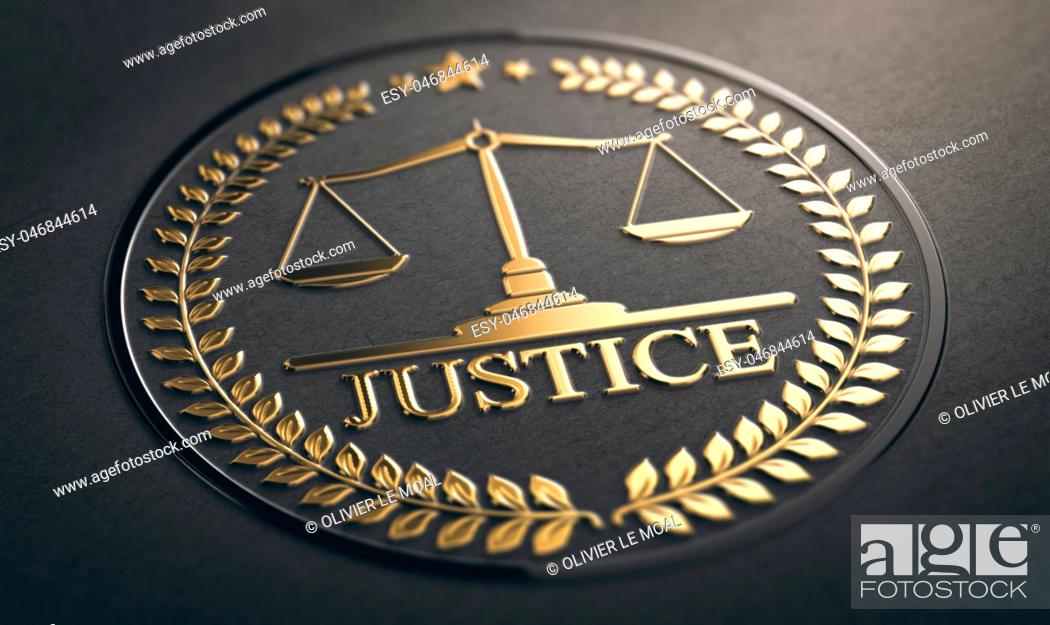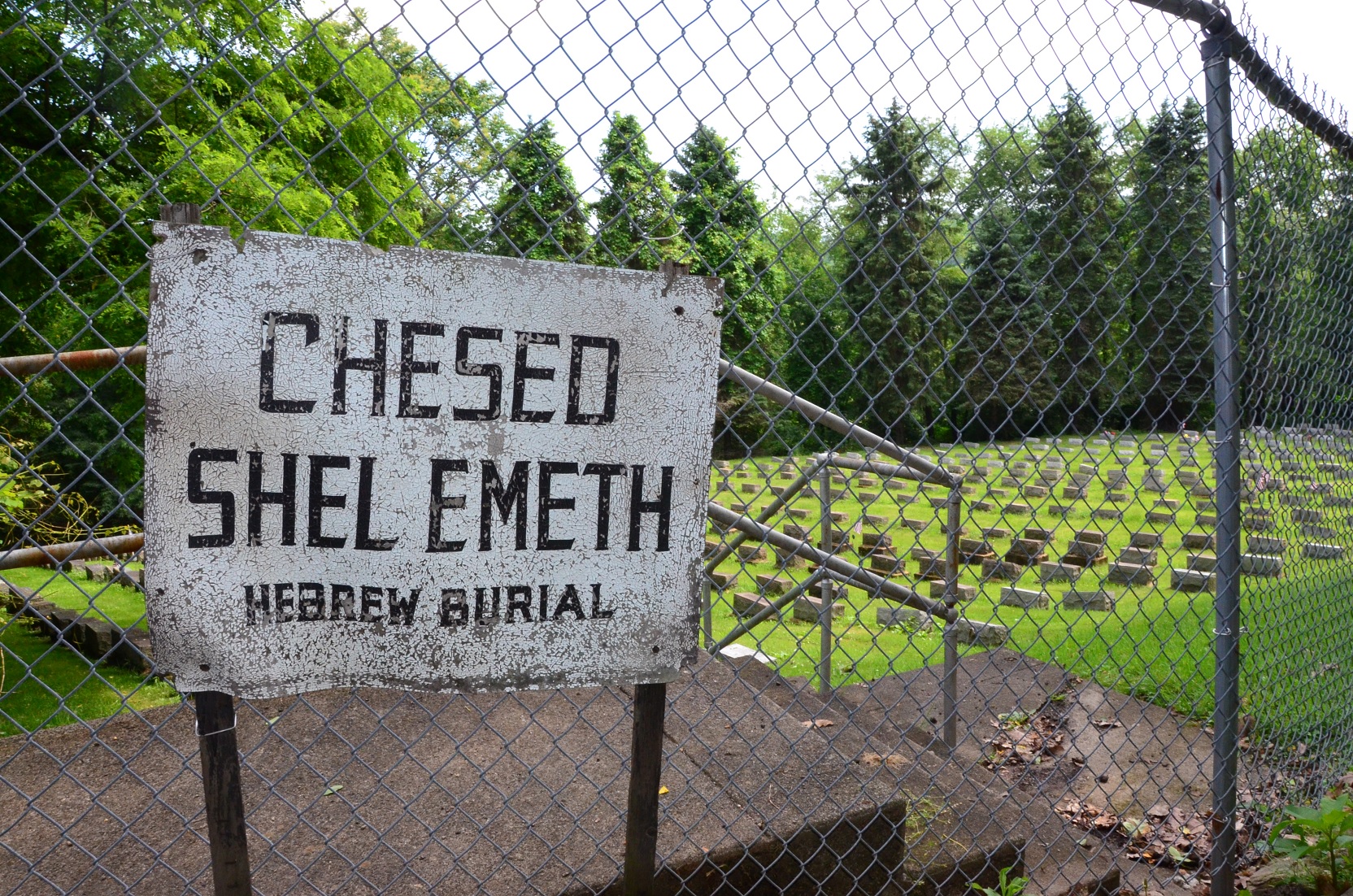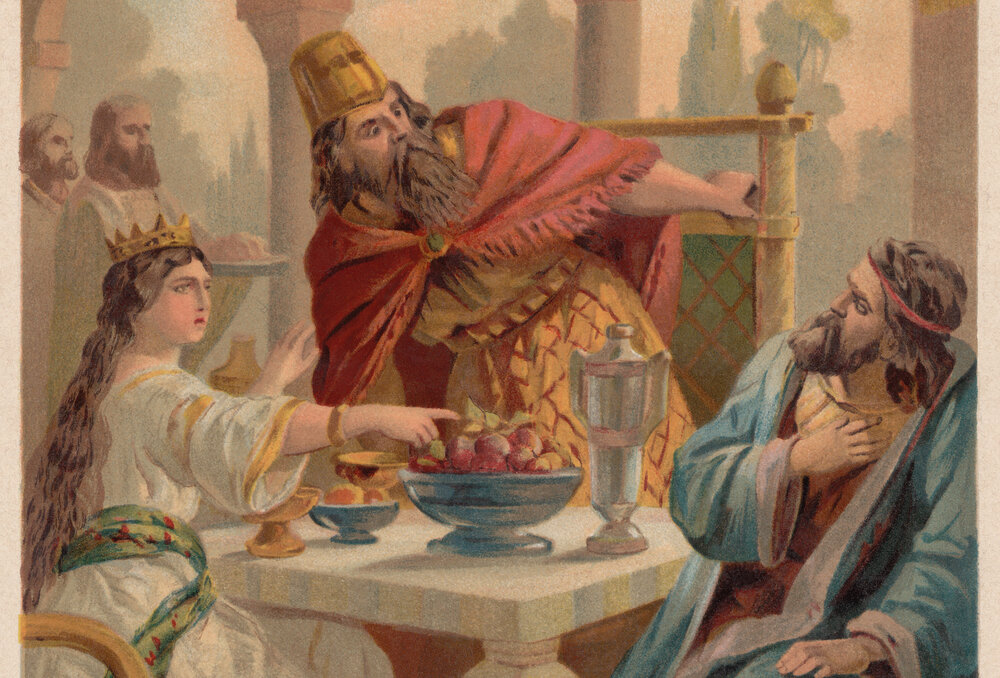BS”D
Sukkah 49b (2)
Adar 7, 5783. February 28, 2023
1- Continued with the last lines of the אגדתא.
Our גמרא cites 3 distinction between צדקה and גמילות חסדים.

תָּנוּ רַבָּנַן: בִּשְׁלֹשָׁה דְּבָרִים גְּדוֹלָה גְּמִילוּת חֲסָדִים יוֹתֵר מִן הַצְּדָקָה.
א – צְדָקָה — בְּמָמוֹנוֹ; גְּמִילוּת חֲסָדִים — בֵּין בְּגוּפוֹ, בֵּין בְּמָמוֹנוֹ.
ב – צְדָקָה — לָעֲנִיִּים; גְּמִילוּת חֲסָדִים — בֵּין לָעֲנִיִּים בֵּין לָעֲשִׁירִים.
ג – צְדָקָה — לַחַיִּים; גְּמִילוּת חֲסָדִים — בֵּין לַחַיִּים בֵּין לַמֵּתִים.
Mentioned the שפת אמת that proves from this גמרא that צדקה can only be performed with cash or gifting . Doing someone a favor, even to a needy and poor fellow, is גמילות חסדים.
2- The גמרא mentions the פסוק:
״אוֹהֵב צְדָקָה וּמִשְׁפָּט חֶסֶד ה׳ מָלְאָה הָאָרֶץ״.
Literally translated as charity and justice.

On a similar note there is a פסוק:
משפט וצדקה ביעקב אתה עשית
Spoke about the contrasting features of צדקה which means kindness, giving and showing affection. משפט – justice, on the other hand, shows rigidness, structure, and even harshness.
In other word, צדקה is a voluntary act of kindness which is not necessarily based on reciprocity. It is an expression of love, compassion, and understanding, and often requires one to put the needs of others before their own.

משפט, however, is driven by a sense of fairness and justice, and is based on a system of rules, laws, and regulations. It is often seen as a way to maintain order and justice in a society. צדקה is focused on helping others in a compassionate way, while משפט is focused on making sure that everyone is treated fairly and equally.
So how do these two, משפט וצדקה come together?
The Alter Rebbe expounds on this concept in תורה אור, בשלח סג, ב, suggesting that one should develop a genuine feeling of giving charity by applying משפט in his personal life.
משפט leads to צדקה.
This משפט is the “judgment” one makes of his expenditures, accounting for his basic needs (food, clothing, etc.) and his מותרות. By calculating that even though he has all he needs and more, someone else is lacking basic necessities, he can deduce that the charity he gives is simply “deducting” from his מותרות.

Through this .משפט\חשבון, or reckoning, of his extras and luxuries against the basic needs of another, one can come to צדקה.
Thus, משפט וצדקה ביעקב אתה עשית.

בחי’ משפט שעושה האדם בנפשו על מותרות חיי גופו נגד הצדקה.
כי הנה ארז”ל חייך קודמין לחיי חבירך ודוקא חייך ממש כמשל הקיתון של מים שאם ישתו שניהם ימותו כו’ כדאיתא בגמרא.
מה שאין כן המותרות שלך אינן קודמין לחיי חבירך שאינו בדין שיפנק האדם את נפשו בתפנוקי עלמא וחבירו ימות ברעב ח”ו.
ועל ידי משפט זה שעושה האדם שלא לתת יניקה וחיות מותרות הגוף גורם למעלה בחי’ משפט שלא יומשך חיות המותרות שהן החיצוני’ וסטרא אחרא. וזהו שמשבחים ומברכים את ה’ אוהב צדקה ומשפט:
3 – We moved on to the topic of כלי שרת and why the drawing of the ניסוך המים was not performed on שבת but on the Friday preceding it.
4- We repeated the explanation of the יערות דבש on the entire saga and plan of Esther to lure המן to attend a party in her home which was devoid of עבודה זרה.
Thus we can understand why it says ויבהילו.

5- Being it was ז’ אדר, we discussed an idea of the מאור עינים. This ספר contains the תורות of Reb Menachem Nochum of Chernobyl, who was a friend of the Alter Rebbe and eventually, also his מחותן.

The question he poses is on the גמרא, that המן was happy that the גורל he did fell out in חודש אדר, since it is the month that משה רבינו passed away. If המן knew Jewish calendar dates then he would also have known that it is also the day that he was born.
Many answers are offered.
The מאור עינים answers that המן surely knew that both, the לידה and פטירה occurred on ז’ אדר. (Truma)
His mistake was that he figured that the fact that on ז’ אדר, when משה רבינו passed away it ‘canceled’ his לידה. The effect of Moshe was gone. His legacy didn’t continue.
Thus, the positive effect of ז’ אדר, being the day of the לידה is something of the past and overshadowed by his פטירה that occurred on that very same day.

However, says the מאור עינים, that is not what the גמרא meant ‘that on ז’ אדר he was also born’.
Born on ז’ אדר here means his rebirth! A spiritually rebirth in the heart of every איד. And that occurred immediately after his פטירה. This amazing phenomenon was unknown to המן.
Thus, every Jew has a ניצוץ of Moshe Rabbeinu within himself. This ניצוץ, grants the ability of every Jew to grasp and understand תורה, each according to his ability.
[This idea is discussed in Tanya 42.
אלא הענין הוא כי כל נפש ונפש מבית ישראל יש בה מבחי’ משרע”ה כי הוא משבעה רועים הממשיכים חיות ואלהות לכללו’ נשמות ישראל שלכן נקראים בשם רועים
ומשרע”ה הוא כללו’ כולם ונקרא רעיא מהימנא דהיינו שממשיך בחי’ הדעת לכללות ישראל לידע את ה’ כל אחד כפי השגת נשמתו ושרשה למעלה ויניקתה משרש נשמת משרע”ה המושרשת בדעת העליון שבי”ס דאצילות המיוחדות במאצילן ב”ה שהוא ודעתו אחד והוא המדע כו’.]
How does one develop this ניצוץ? How does one get to feel this concept?
This is accomplished by emulating a trait that Moshe excelled in.
וְהָאִ֥ישׁ מֹשֶׁ֖ה עָנָ֣ו מְאֹ֑ד מִכֹּל֙ הָֽאָדָ֔ם אֲשֶׁ֖ר עַל־פְּנֵ֥י הָאֲדָמָֽה׃
Moshe was the most humble human on the face of the earth.
A person that strives towards humility and ביטול can reach this ניצוץ משה שבתוכו
The פסוק tell us, continues Reb Menachem Nachum, that Moshe was buried in a valley; a symbol of humility.

וַיִּקְבֹּר אֹתוֹ בַגַּיְ.

However, we all must remember that even if we have not attained such humility, regardless, this ניצוץ is there right inside of us.
As the פסוק attests to this by saying וְלֹא יָדַע אִישׁ אֶת קְבֻרָתוֹ עַד הַיּוֹם הַזֶּה.
It’s buried within us all…..even if we don’t know where…yet.
פורים שמח!